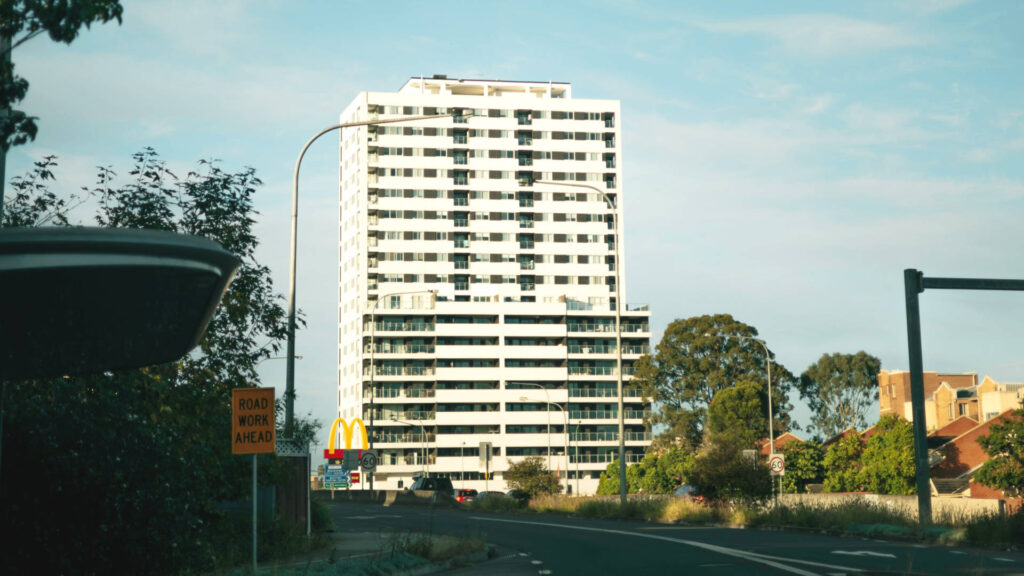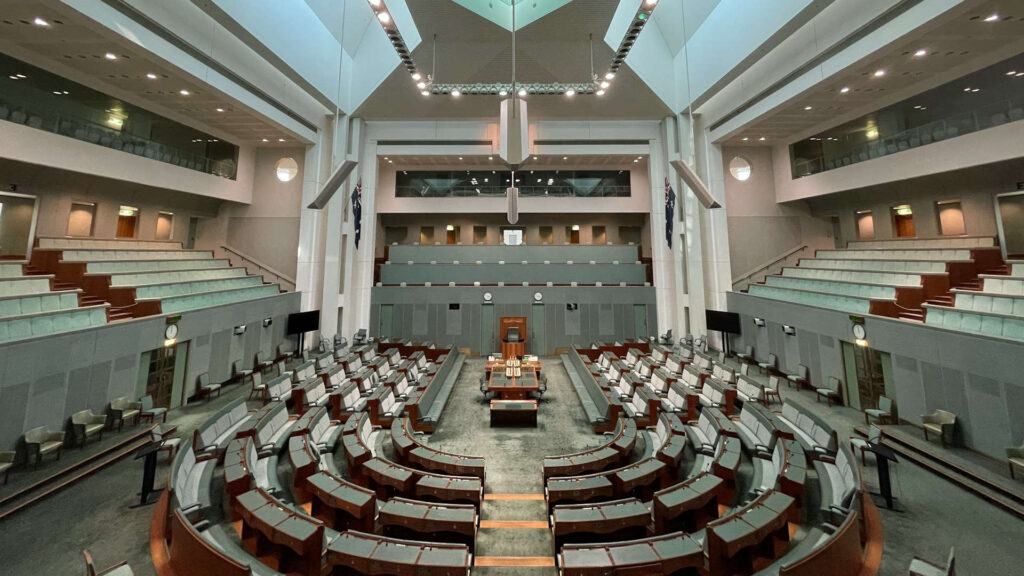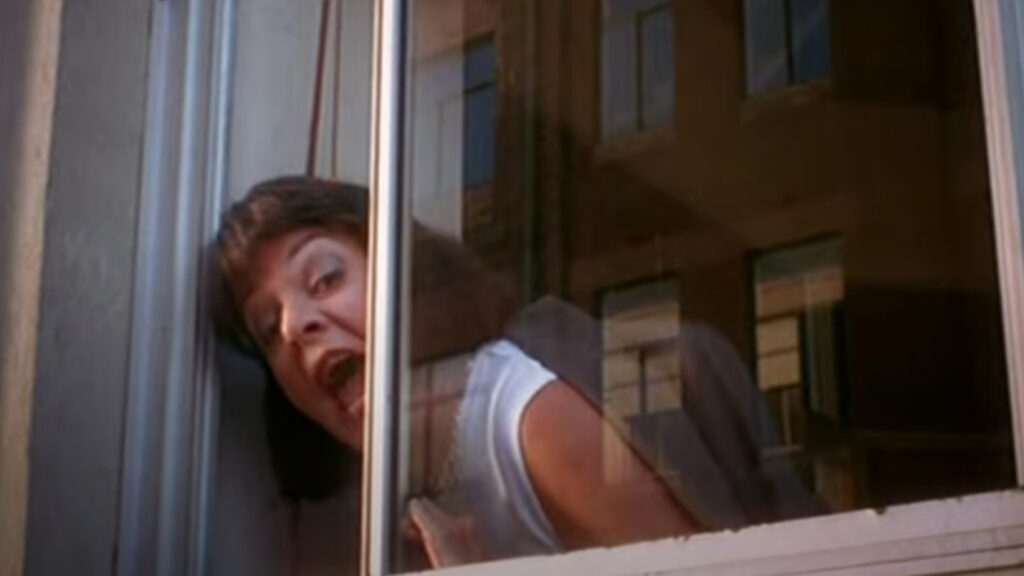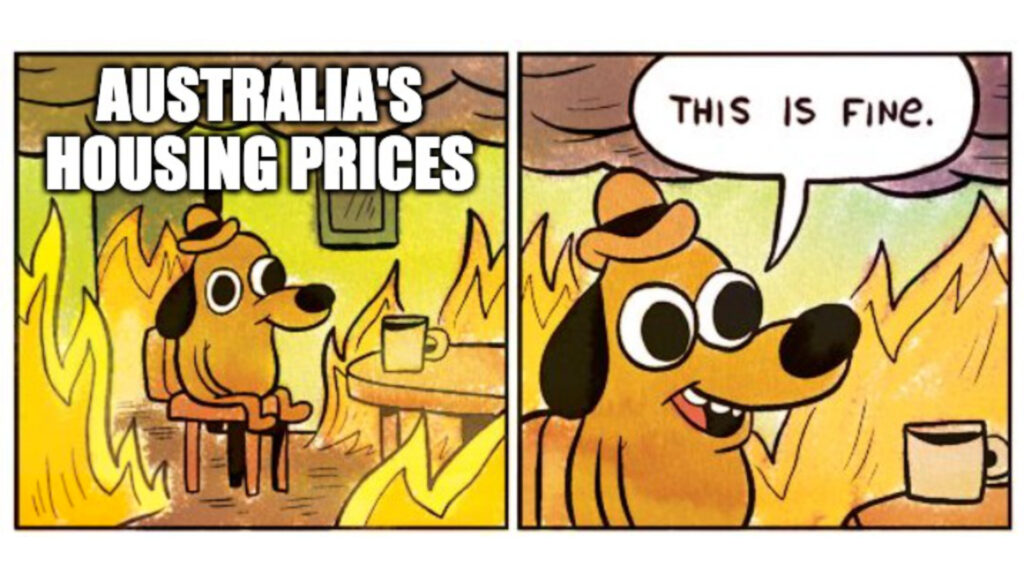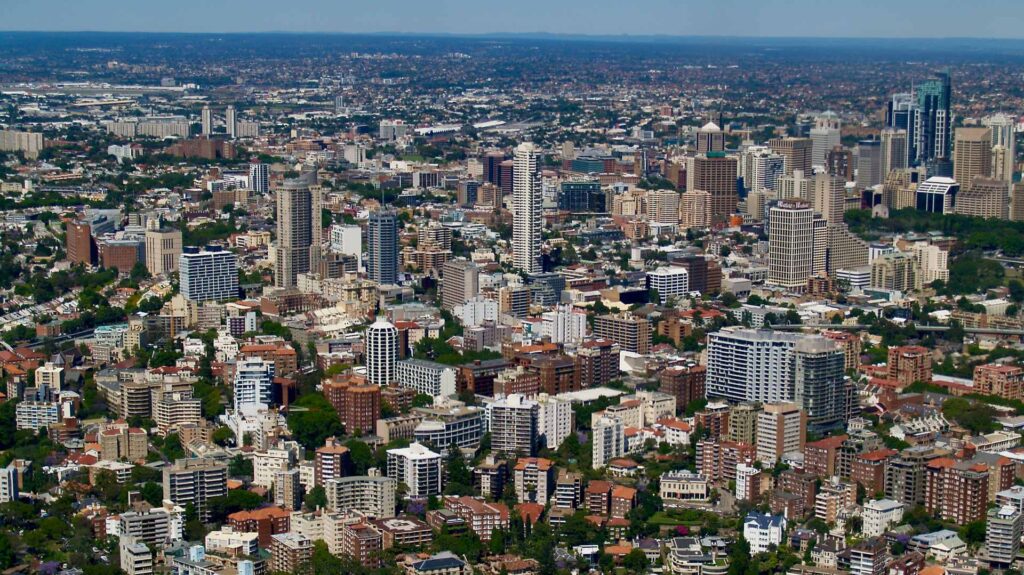The much-promoted affordable housing centrepiece of the Minns Government’s density push has failed before it starts. A reality check is coming for the NSW Government. Michael Pascoe reports.
It’s a busy time for politicians trying to do something about housing affordability – or at least to be seen to be trying to do something. While Federal Labor is battling the opportunistic Greens-LNP coalition in the Senate over Help-to-Buy and build-to-rent schemes, the actual Coalition is sponsoring yet another Senate inquiry destined to achieve as much as all the other parliamentary housing inquiries – nada.
One of the first actions of the NSW Labor Government upon election 17 months ago was to announce it was scrapping the Greater Cities Commission (GCC), the independent body that attempted to instill some quality in urban planning. The big developers’ lobby, Urban Taskforce, wanted the GCC killed, so killed it was.
Read the full article at michaelwest.com.au
